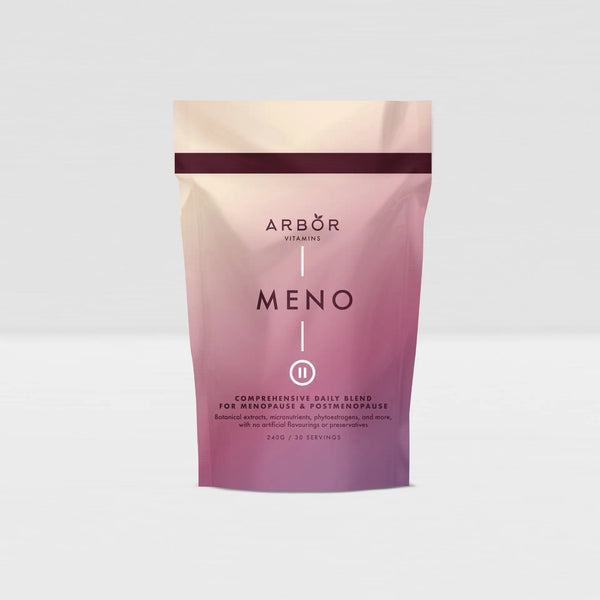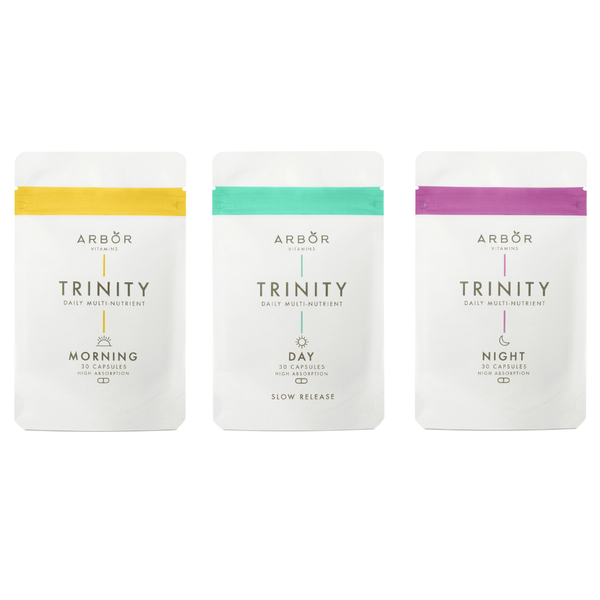What are Antinutrients? and How to Eat Smart Around Them
What are Antinutrients? Most of us are familiar with essential nutrients—proteins, fats, carbohydrates, vitamins, and minerals—that fuel our bodies and keep us thriving. But fewer people know about antinutrients, naturally occurring compounds in many plant-based foods that can interfere with the absorption of those very nutrients.
Despite their ominous name, antinutrients are not inherently harmful. In fact, many offer surprising health benefits. This article dives into what antinutrients are, how they work, and how to reduce their negative effects while making the most of their potential perks.
What Are Antinutrients?
Antinutrients are natural plant compounds that can block or reduce the body’s ability to absorb certain nutrients. They're most commonly found in grains, legumes, seeds, nuts, and some vegetables. While the term “antinutrient” suggests they are bad for health, the truth is more nuanced.
Common Types of Antinutrients:
-
Phytates (Phytic Acid): Bind to minerals like iron, zinc, calcium, and magnesium, making them harder to absorb.
-
Lectins: Found in beans and legumes; can interfere with gut function when eaten raw or undercooked.
-
Oxalates: Present in leafy greens like spinach; can bind to calcium and contribute to kidney stone formation.
-
Tannins: Found in tea, coffee, and some fruits; inhibit iron absorption but have antioxidant properties.
-
Saponins: Found in legumes; may impair nutrient absorption but also offer cholesterol-lowering effects.
-
Protease Inhibitors: Block enzymes that help digest proteins, but may have anti-inflammatory and anti-cancer properties.
Why Do Plants Contain Antinutrients?
Plants use antinutrients as natural defence mechanisms. These compounds deter insects, animals, and microbes from consuming or damaging the plant. For example, lectins can cause mild digestive upset in animals, discouraging repeated consumption.
In seeds and grains, antinutrients also help regulate growth and prevent premature sprouting by controlling nutrient release.
How Do Antinutrients Affect Human Health?
⚠️ Potential Negative Effects
Antinutrients can reduce the bioavailability of essential minerals—meaning your body absorbs fewer nutrients from the food you eat. In people with already limited nutrient intake, this can lead to deficiencies over time.
-
Iron Deficiency: Phytates and tannins can reduce iron absorption, increasing the risk of anaemia.
-
Calcium Loss: Oxalates may hinder calcium absorption, potentially impacting bone health.
-
Gut Irritation: Lectins in undercooked beans can cause digestive issues such as bloating, cramping, or nausea.
✅ Surprising Health Benefits
Despite their drawbacks, many antinutrients also provide beneficial effects when consumed in moderation:
-
Phytates may protect against cancer and act as antioxidants.
-
Tannins possess antimicrobial and anti-inflammatory properties.
-
Saponins support immune health and cholesterol management.
-
Protease inhibitors may reduce cancer risk and help regulate blood pressure.
Who Should Be Concerned About Antinutrients?
Most people eating a varied, nutrient-rich diet don’t need to worry about antinutrients. However, individuals at risk of mineral deficiencies (such as vegans, vegetarians, or those with digestive disorders) may benefit from reducing antinutrient intake or preparing foods in ways that deactivate them.
How to Reduce Antinutrients in Food (While Keeping the Benefits)
Traditional food preparation techniques can significantly lower antinutrient levels:
🧂 Soaking
Soaking beans, grains, and seeds in water for several hours (or overnight) can reduce phytate and lectin levels.
🍞 Fermentation
Fermenting foods like sourdough bread, kimchi, or yogurt can break down phytic acid and improve gut health.
🔥 Cooking
Properly cooking legumes and vegetables is one of the most effective ways to neutralize lectins, protease inhibitors, and oxalates.
🌱 Sprouting
Sprouting grains and legumes helps lower phytic acid content and increases the bioavailability of nutrients like iron and zinc.
Balancing Antinutrients in a Healthy Diet
The key to managing antinutrients lies in balance and food diversity. Here's how to make them work for you:
-
Pair iron-rich plant foods with vitamin C (like bell peppers or citrus) to enhance absorption.
-
Choose properly cooked or fermented versions of beans and grains.
-
Rotate your diet to avoid overexposure to a single source of antinutrients.
-
Supplement wisely, especially with high-quality multinutrient formulas like TRINITY, which deliver bioavailable vitamins and minerals at optimal times throughout the day—helping you overcome common absorption issues.
The Bottom Line
Antinutrients are not your enemy. While they can impact nutrient absorption, they also offer protective effects that support long-term health. Through mindful preparation and dietary variety, you can minimise their downsides and enjoy a full spectrum of nutritional benefits.
Rather than avoiding antinutrients entirely, learn to work with them. Your gut—and your health—will thank you.
🔗 Explore More
Looking to strengthen your foundational nutrition? Try TRINITY Multi-Nutrient Formula, our time-released, vegan-friendly supplement designed to support energy, immunity, and sleep—without unnecessary fillers or guesswork.












